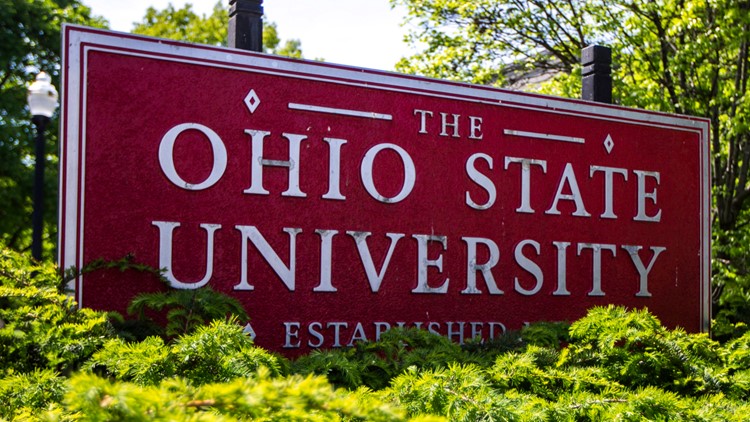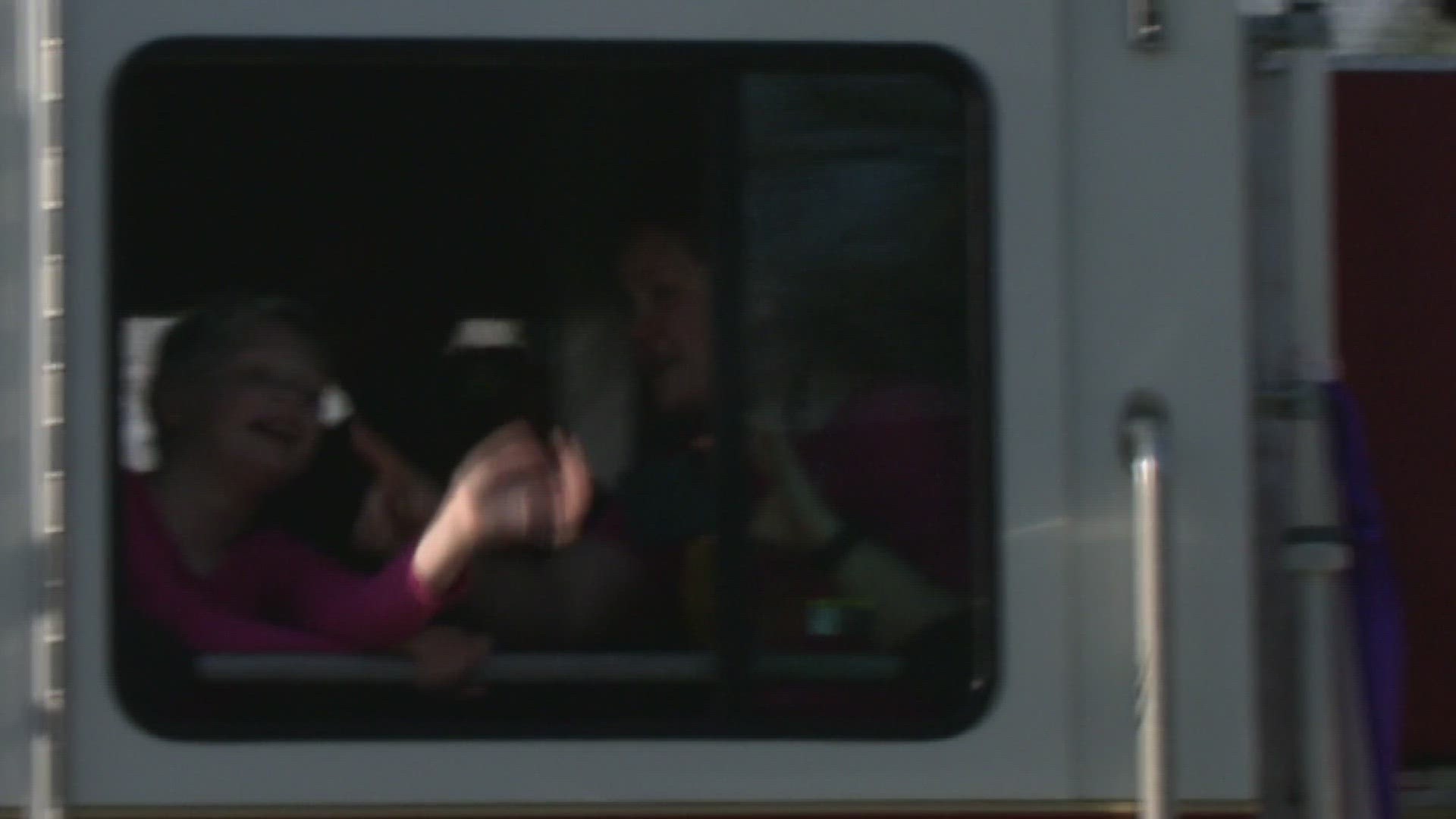COLUMBUS, Ohio — The Ohio State University and a team of experts working with the university released a report saying its efforts and safety measures aimed at containing the spread of COVID-19 around Columbus and some of its campuses appear to be working.
The Ohio State University Comprehensive Monitoring Team (CMT) started meeting almost daily in August to find patterns, trends and concerns related to the pandemic.
On Sept. 10, more than 3% of students tested were positive.
On Sept. 25. the percent positive was 1.25% and on Oct. 19, it was .83% according to the university’s COVID-19 dashboard.
The CMT said the reproduction number of the virus (Rt) has remained stable and mainly below 1 since Oct. 1, which is an indicator the virus may be slowing its spread.
However, the optimism gleaned from the data collected so far does come with caution.
In a release, Amy Fairchild, the dean of Ohio State's College of Public Health said some people may grow complacent in the upcoming colder months when indoor gatherings are more prevalent.
Fairchild said students and staff need to stay committed to staying safe and following the health guidelines and safety measures.
The CMT said all students living on campuses in Columbus, Mansfield, Newark and Wooster have been routinely screened. That data from the screenings looks are the prevalence among people who are not symptomatic.
There has also been clinical diagnostic testing at the student health center for students, on-and-off-campus, who are symptomatic.
The university has also been doing weekly random testing of asymptomatic undergraduate students who are off-campus in Columbus.
A random sample of 1,500 graduate and professional students was added to the Columbus campus screening testing in September.
There has also been voluntary pilot testing of asymptomatic employees and students.
The CMT said they have made the following observations:
- The strategy of frequent testing, isolation, quarantine, masking, distancing and limits on class and gathering size – against the backdrop of less density on campus overall – has been successful in reducing infection rates for undergraduate students living on and off campus. Among graduate and professional students in the testing program, rates have been low.
- Two key measures – trends in infection rates among asymptomatic students and positive rates among students who seek out testing because of symptoms or close contact with someone who is infected – declined and then remained stable since mid-September.
- The reproduction number (Rt), an epidemiological measure of the potential for ongoing transmission, has remained stable, and primarily below 1, an indicator that the epidemic may be slowing.
- The majority of students who have tested positive for COVID-19 have experienced no symptoms.
The CMT plans to continue working on the on-campus, off-campus, and community situations in Columbus and other campuses.
The full report can be seen here and below:
The Ohio State dashboard is below:
The data from Ohio State can be seen here.



